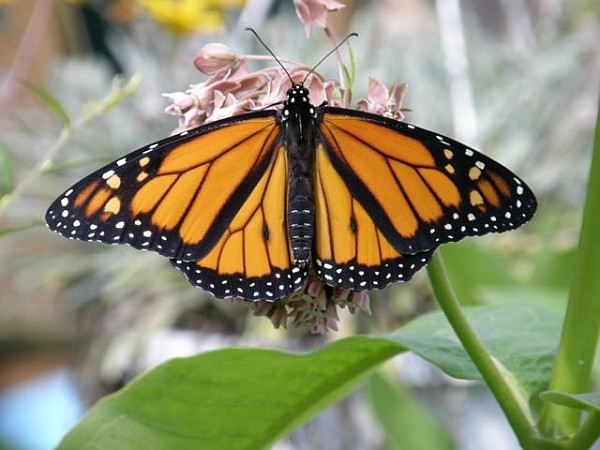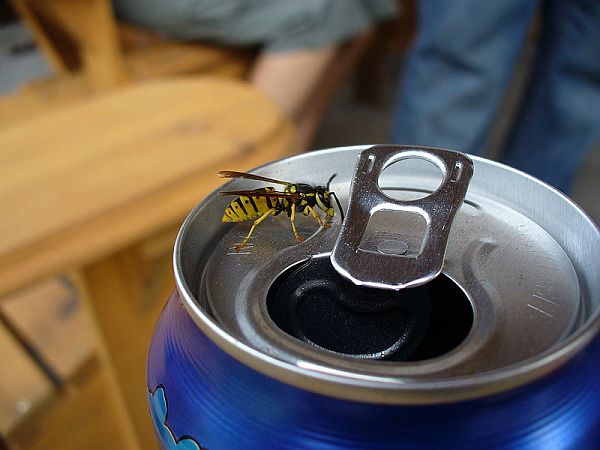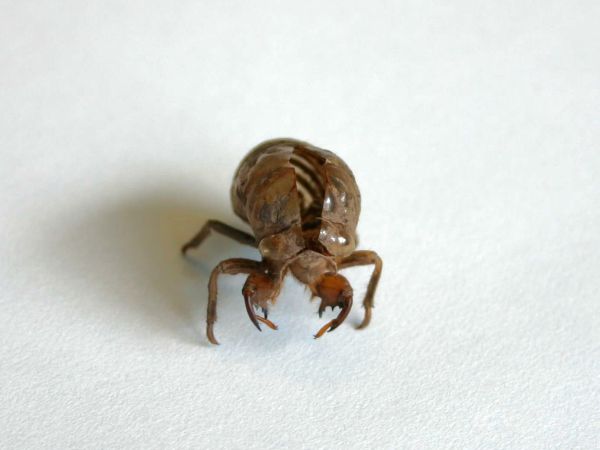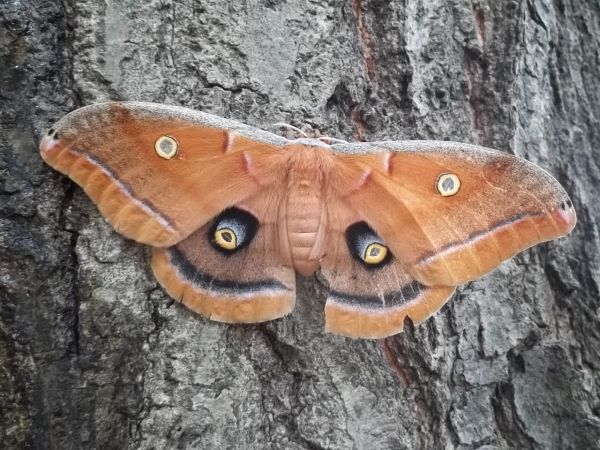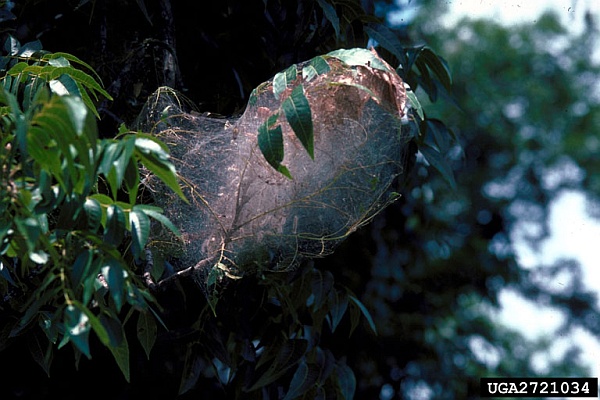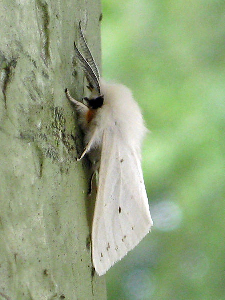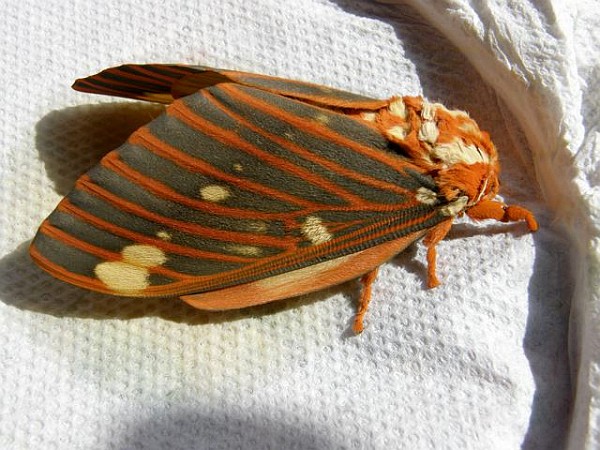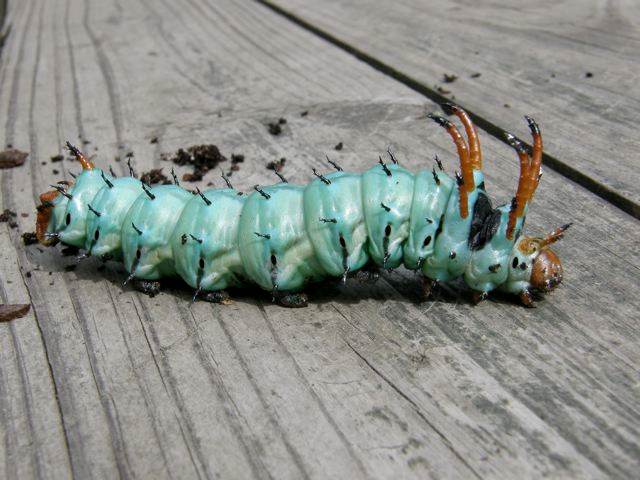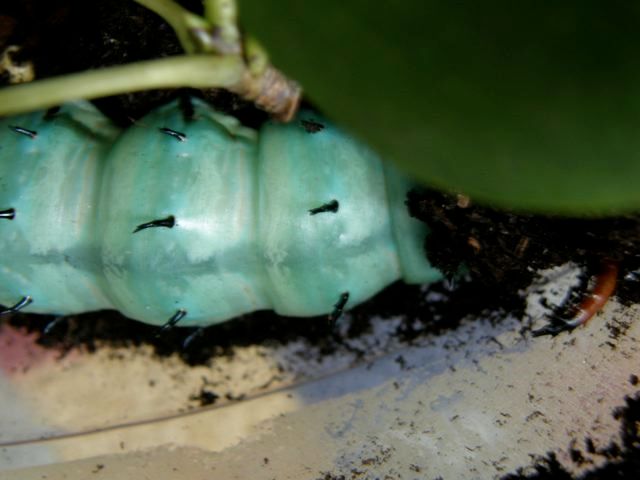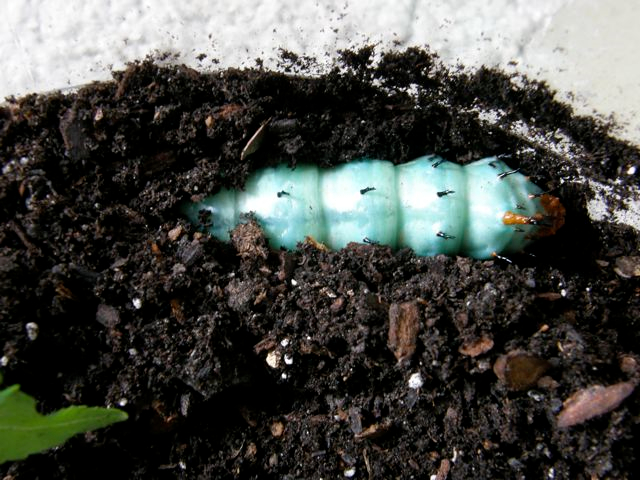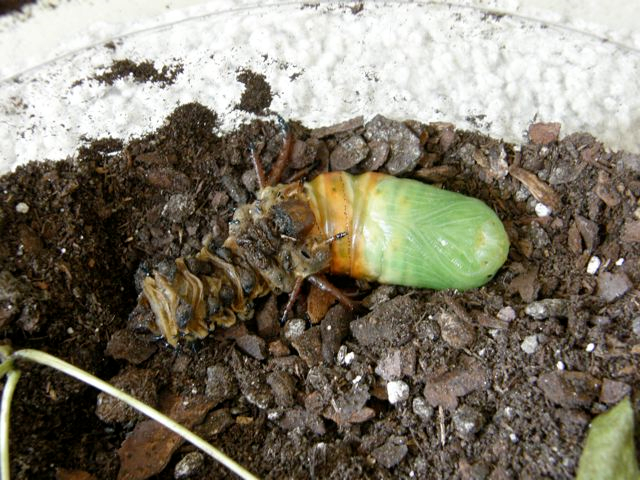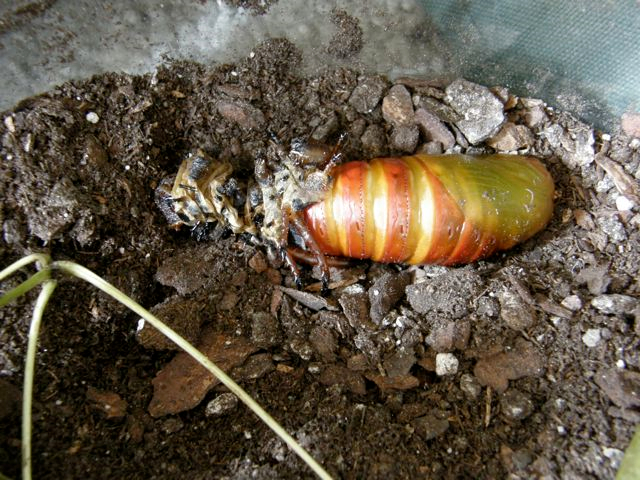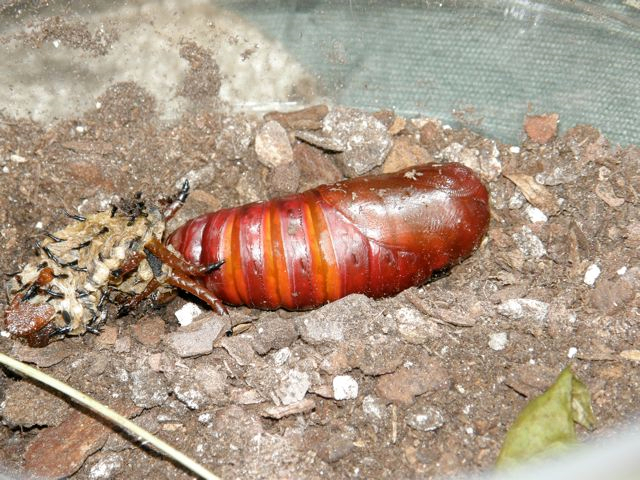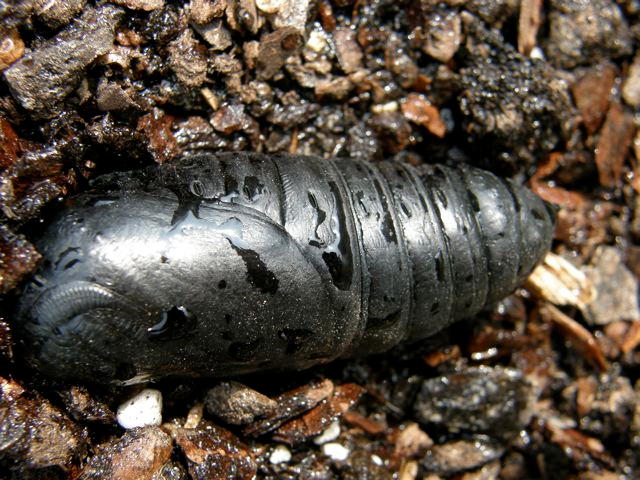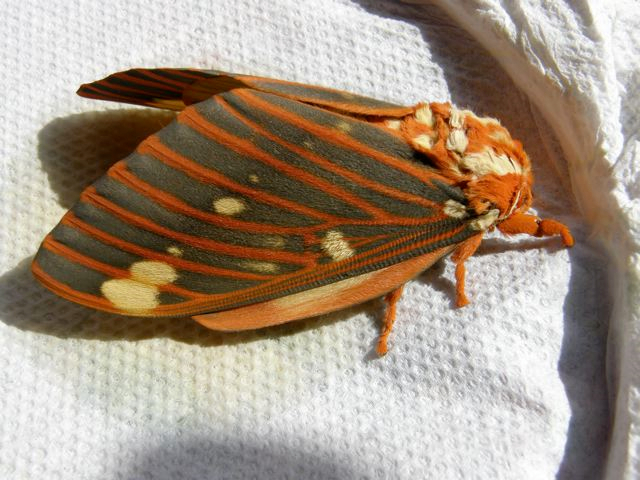
28 November 2011
Last weekend in southern Virginia I saw a troop of six daddy longlegs exploring the edge of a hiking trail. What were they doing?
I searched the Internet for information and though I didn’t find that answer I learned some fascinating things — and their real name.
I call them daddy longlegs but their real name is harvestmen. They’re very ancient and diverse bugs with more than 6,400 species on earth that date back to the Devonian era 400 million years ago. Compared to humans who reached our present form 200,000 years ago, this bug goes way back!
Harvestmen are arachnids but they’re not spiders (Araneae), they’re Opiliones.
Unlike spiders their bodies look like a single oval because the segments are joined broadly. They can’t make silk, they have no venom, no fangs and are completely harmless to people.
Harvestmen can eat solid food (spiders have to liquefy their food and suck it in) and they’re omnivorous, willing to ambush prey or scavenge the dead. They’ll even eat bird dung.
The bird connection works both ways. Birds eat daddy longlegs but the longlegs have a decoy system. A harvestman can lose a leg and it’ll continue to twitch because of a “pacemaker” at the end of the first segment (the pacemaker is useful in controlling such a long leg). The twitching distracts the predator while the other seven legs carry the bug to safety. At least one of the bugs I watched last weekend was missing a leg.
And what were so many of them doing together? Apparently some species of harvestmen are gregarious and will congregate in groups of 200 to 70,000 individuals.
Maybe the six of them were having a small party.
(photo of Phalangium opilio by Mehran Moghtadai from Wikimedia Commons. Click on the photo to see the original.)
p.s. In this blog I’m using the word “bug” loosely. True bugs are insects (six legs) with a chitinous (hardened) wing cover. Harvestmen are not really bugs; stink bugs are.
